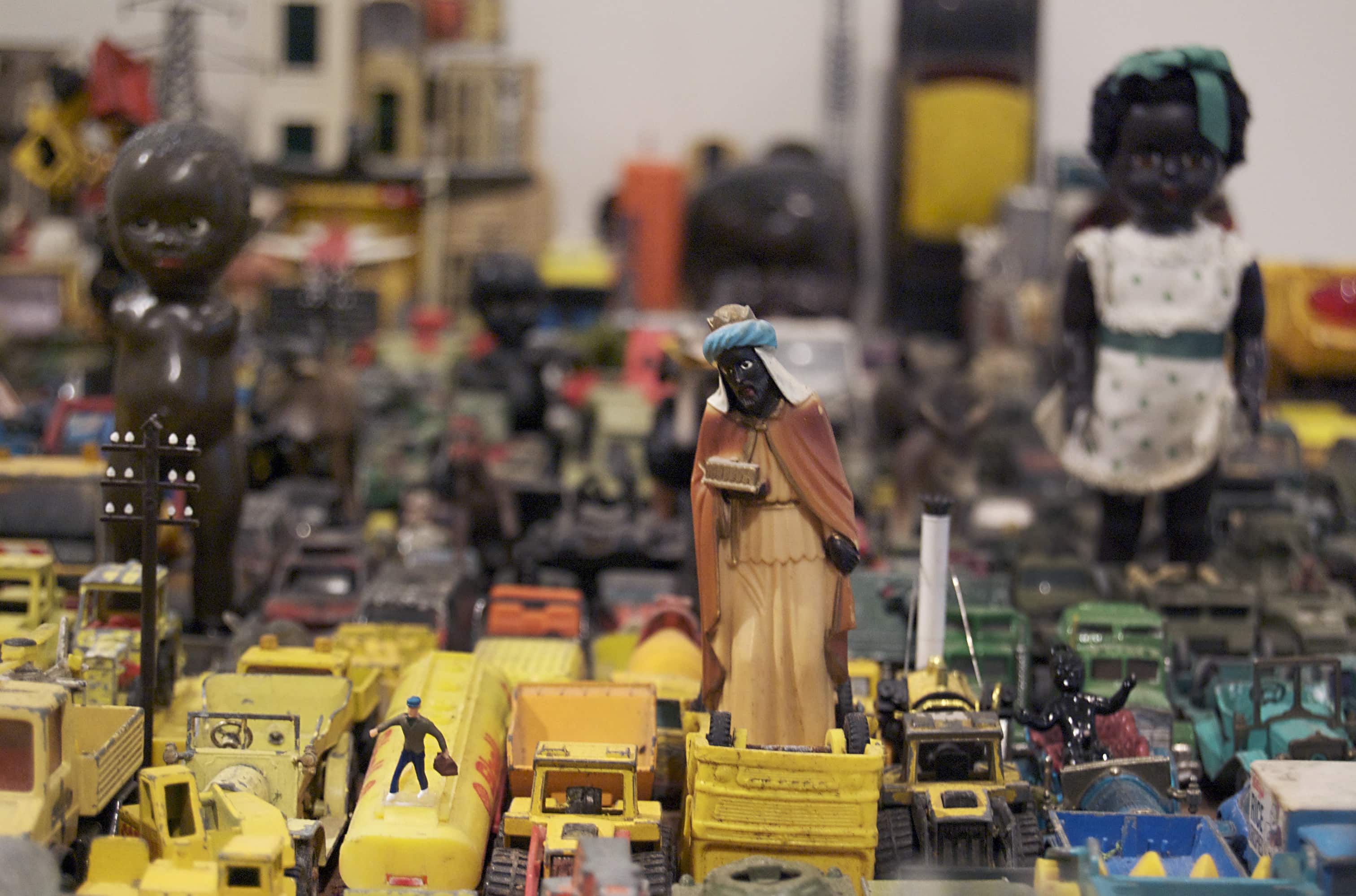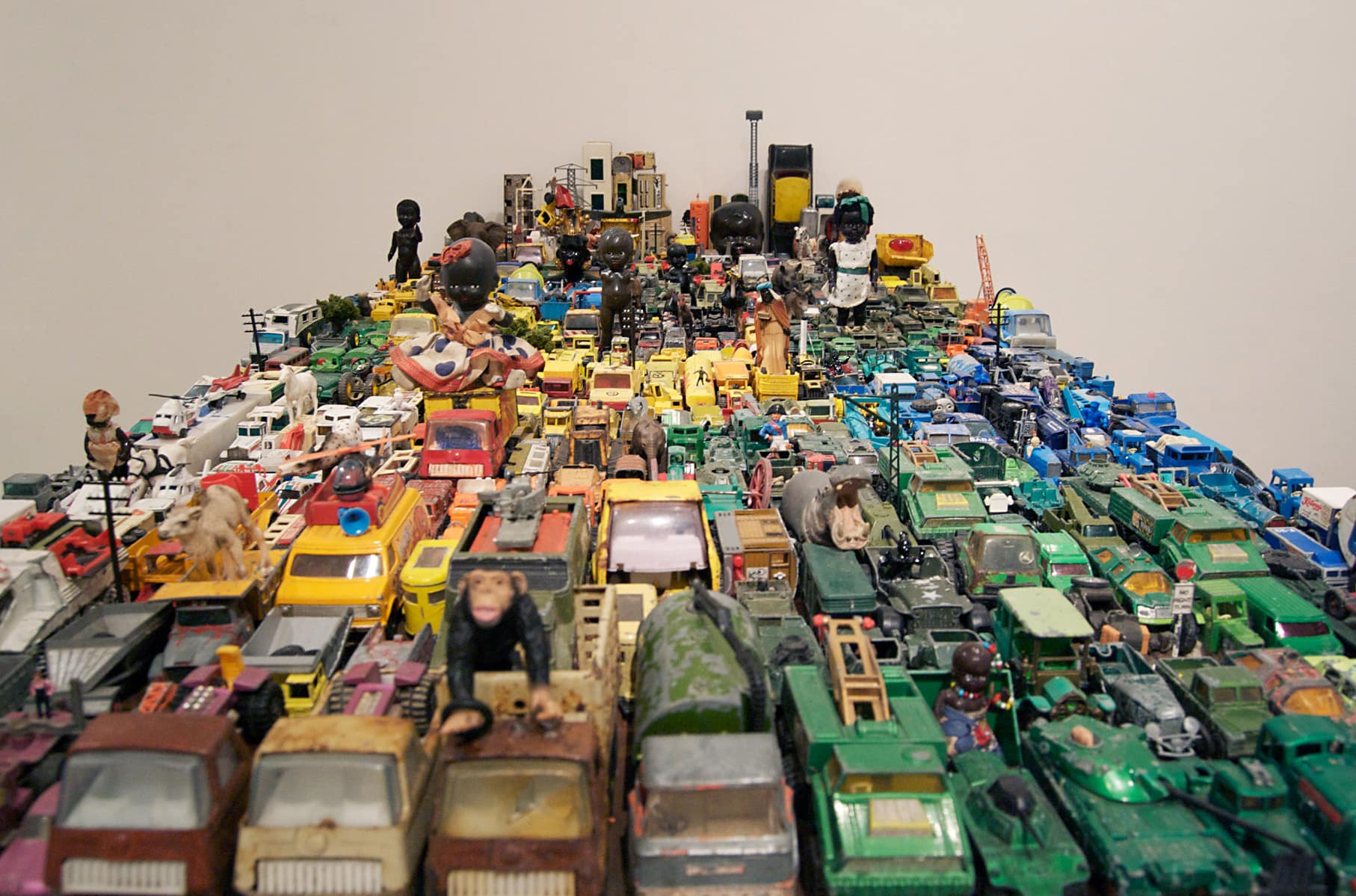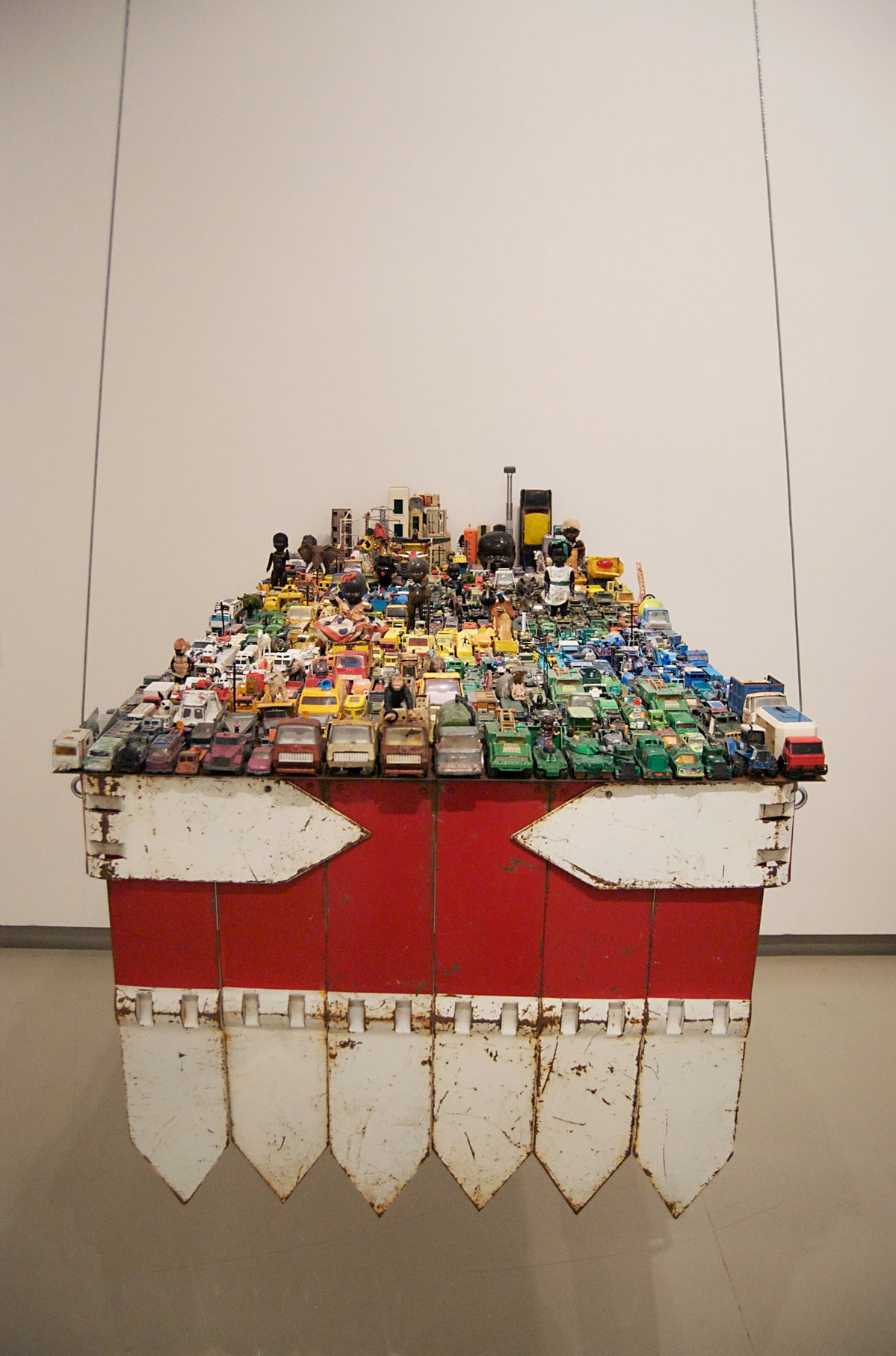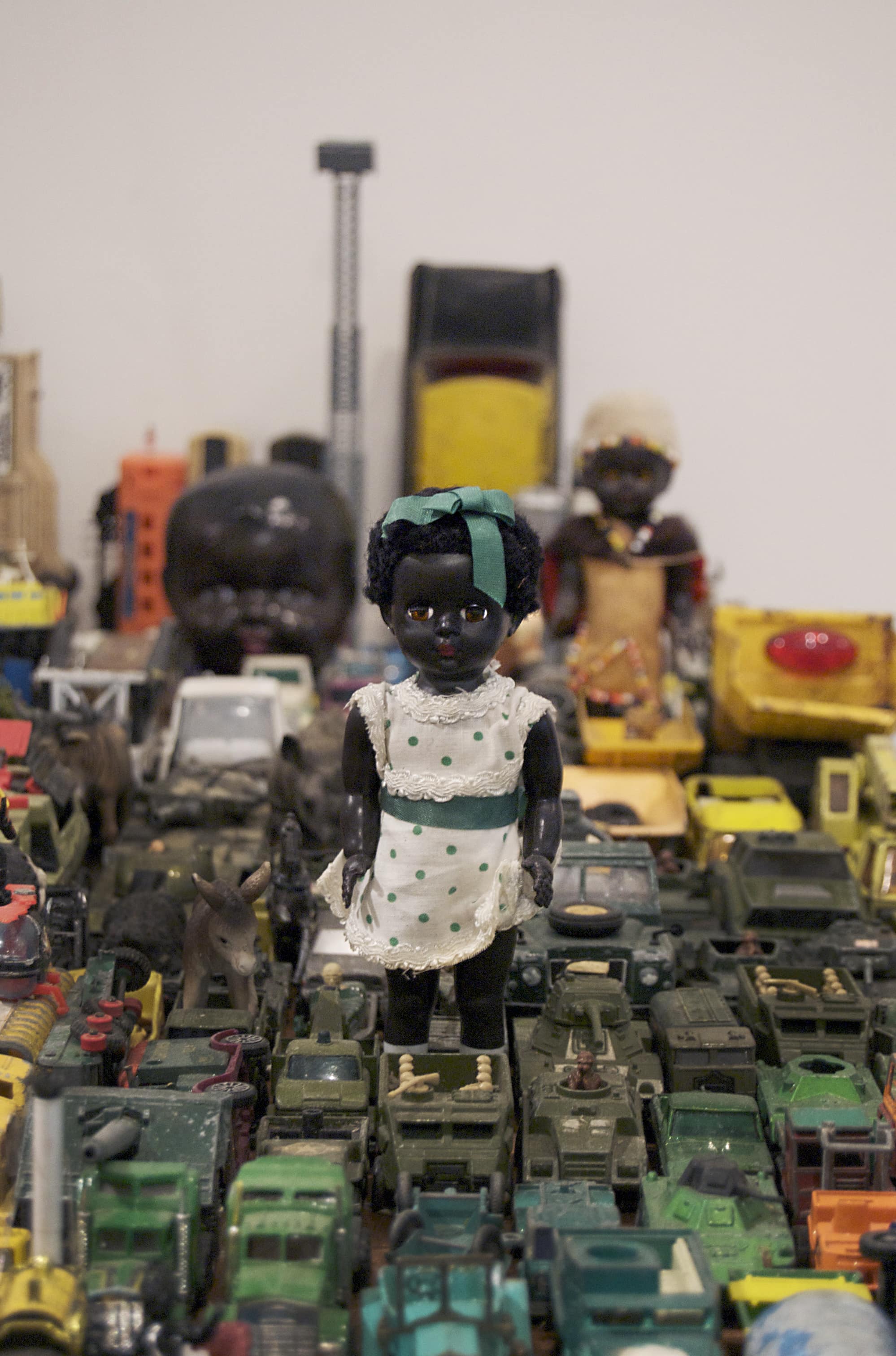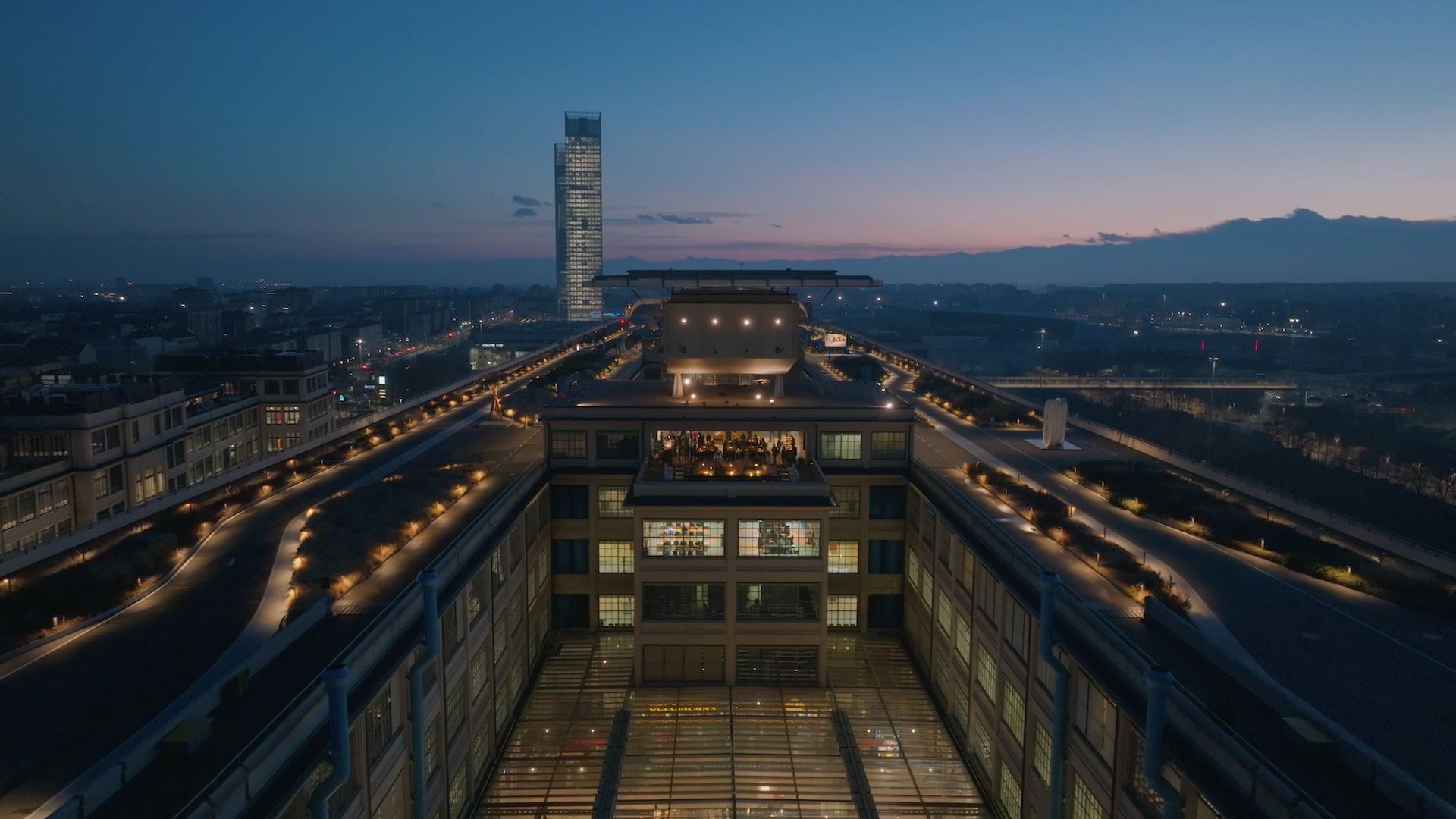
Slavery, Migration, and Museum Storytelling
An Interview with Jean-Francois Manicom - Senior Curator at London Museum Docklands
We sat down with Jean-Francois Manicom, Senior Curator at the London Museum Docklands, to discuss his career journey and how the legacies of slavery and colonialism are reflected in the exhibitions he curates.
The legacies of colonialism and slavery have been ever-present in the life of Jean-Francois Manicom, and it feels inevitable he would take on a job addressing this problematic history. Reflecting on his upbringing: “In my country, Guadeloupe, there is nothing you can do that is not linked to your roots. It is such a small country that all communities live side-by-side, so the descendants of the enslaved live very close to the descendants of the enslavers. When we’re pumping gas at the petrol station, we are one metre from each other, when we’re queuing to pay it's centimetres.
The legacies of slavery are very strong in my country and you can see them in the landscape - each time you pass a sugar cane field it speaks to you about slavery and Indian indentured labourers. Each time you see someone of Indian or Black heritage it’s a reminder that they came not as tourists, but as enslaved and indentured workers to build this country. The purpose of this island was not for holidays or for good times, but to make money as a plantation.”
He goes on to add “In my family story, I have ancestors coming from India, ancestors coming from Africa, and I need to recognise that a big part of my white blood comes from slavers. So I cannot be disconnected from this story.”
This personal connection underpins his career as both an artist and curator, shaped by growing up in a post-colonial post-plantation society.
Career journey
In Guadeloupe, he was instrumental in setting up Mémorial ACTe, a cultural centre dedicated to the Memory and History of the Slavery Trade. Before he moved to the UK to take on a nearly six-year stint as the lead curator at the International Slavery Museum in Liverpool. He describes the latter as “fascinating because this museum is dedicated only to the slave trade and we were not thinking about anything else other than the slavery trade." He’s now been the senior curator at London Museum Docklands for 2 years and says “It’s a challenge for me because it’s bigger in scale and it’s not only dedicated to slavery”, though it does have a sugar and slavery gallery.
In terms of the impact he wants to make in his role in the museum, Manicom says: “I want to talk more widely about the story of colonisation. I want to speak about India. I want to speak about China. I want to speak about how London was built by adding people and trading with the world. Once you start trading goods, you will inevitably end up trading people.”
The Reflections Room
The London Museum Docklands has introduced The Reflections Room, a new space for artworks and Zak Ove has created the inaugural work for this space titled ‘Exodus’. It will be on display until May 2025 and is free to visit.
Manicom speaks passionately about how art can convey the immigrant experience: “When you come to this country you are seen as different and people see you as a danger, your body as dangerous to them. This experience is heavy, it’s traumatic and one way you can convey how this feels is through contemporary art.” He adds that “as a curator, I only have maybe 40 seconds of my audience’s attention, they don’t have time to read a thesis on the topic, nor do they want to”, it’s contemporary art he believes can reach these audiences effectively.
In the UK he says: “People can have a very traditional vision of what to expect in a British Museum and that it will speak about the magnificence of the British past - it’s part of a long tradition of cultural colonialism. People don't expect to have contemporary art speaking about difficult issues in a traditional museum. It's an interesting moment for the museum and it’s another way to help our audiences understand our past”.
Exodus, a striking work featuring colourful toys precariously balanced on oil drums, reflects on society’s reliance on oil and its ties to exploitation. When referring to this work Manicom states “The entire world is based on oil, modern society wouldn’t exist without it and yet it leads to all these cars that are blocked and can’t move”. It’s open how an audience will interpret the work but there are clear historical links between natural resources and the exploitation via colonialism that came with it.
The work is titled Exodus and Manicom reflects on its importance at a time when “people are fighting against immigrants, saying that the country is not our country anymore because we have too many immigrants, how they are a burden on the taxpayer, and that we pay for their hotels etc etc”. To counter this negative view he says “It’s important to remind people that humans have been migrating for safety since the dawn of humanity in Africa.” This is also the purpose of the maps showing migratory routes on the walls of the Reflection Room to show “that humans are always moving and if anyone goes far back enough in their family tree they will find an immigrant.”
 Exodus by Zak Ové. Courtesy of the artist
Exodus by Zak Ové. Courtesy of the artist
Future exhibitions
When referring to the next installation for the Reflections Room he says it will focus on The Gypsy Roma and Traveller Community (GRT). He says it’s important to note “how they’re struggling in a British society that is non-nomadic and understanding their place in today’s world, despite their roots in this country” He also elaborates that many people forget they were one of the victimised groups during the Holocaust in the Second World War.
He’s also looking forward to the museum's exhibition on the Secrets of the Thames, which will focus on mudlarking and the items people have found on the foreshore of the river Thames. He’s certain it will be a popular one as people in London love mudlarking.
The statue of Robert Milligan
We end by discussing the statue of Robert Milligan, a slaveholder whose statue used to stand outside the museum. It was taken down after the Black Lives Matter protests, and gifted to the museum.
Manicom confirms that they haven’t yet decided what to do with it - “We have consulted online, with museum visitors and with the local community”, confirming a decision will be made in late 2025. He told us in the consultations most responders preferred the option of displaying it with the right context in the museum, ensuring that Milligan’s links to slavery are mentioned.
Understandably, the museum is taking its time on the decision as any outcome will be controversial and it’s important to consult widely and ensure there’s a degree of consensus on how it’s displayed in the future, or not as the case may be.
Throughout our conversation it was clear that Jean-Francois Manicom seeks to challenge traditional narratives, expand the museum’s scope to include more diverse perspectives and engage audiences through powerful contemporary art. His work underscores the importance of confronting the past to curate a more inclusive and understanding future.
Cover Image: Exodus by Zak Ové. Courtesy of the artist
Tabish Khan is an art critic specialising in London's art scene and he believes passionately in making art accessible to everyone. He visits and writes about hundreds of exhibitions a year covering everything from the major blockbusters to the emerging art scene.
He writes for multiple publications, and has appeared many times on television, radio and podcasts to discuss art news and exhibitions.
Tabish is a trustee of ArtCan, a non-profit arts organisation that supports artists through profile raising activities and exhibitions. He is also a trustee of the prestigious City & Guilds London Art School and Discerning Eye, which hosts an annual exhibition featuring hundreds of works. He is a critical friend of UP projects who bring world class artists out of the gallery and into public spaces.
